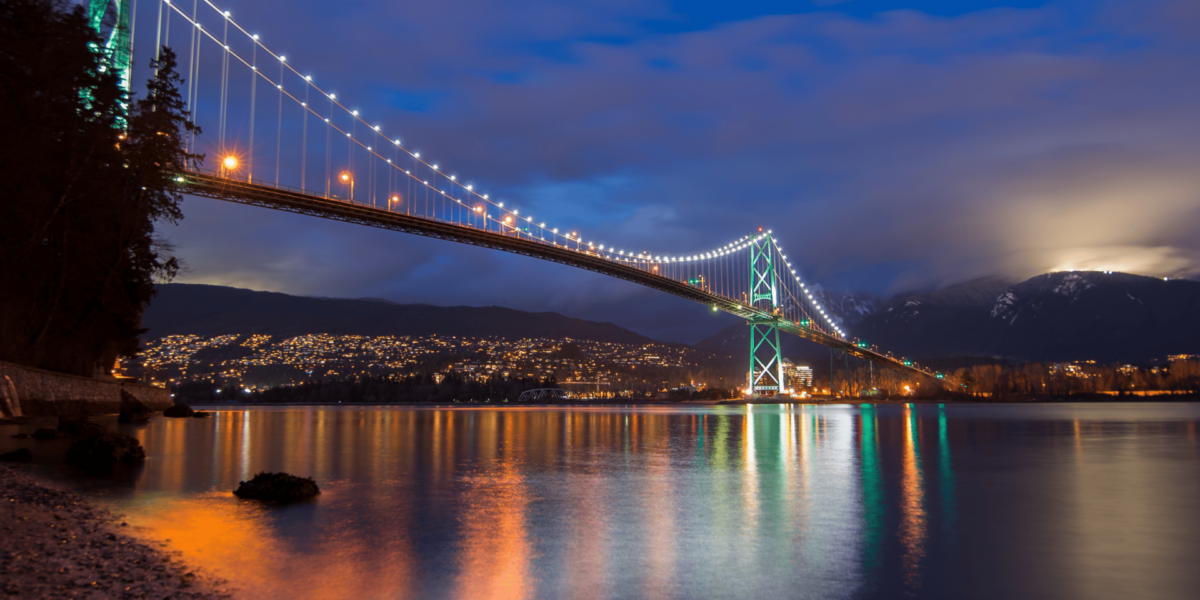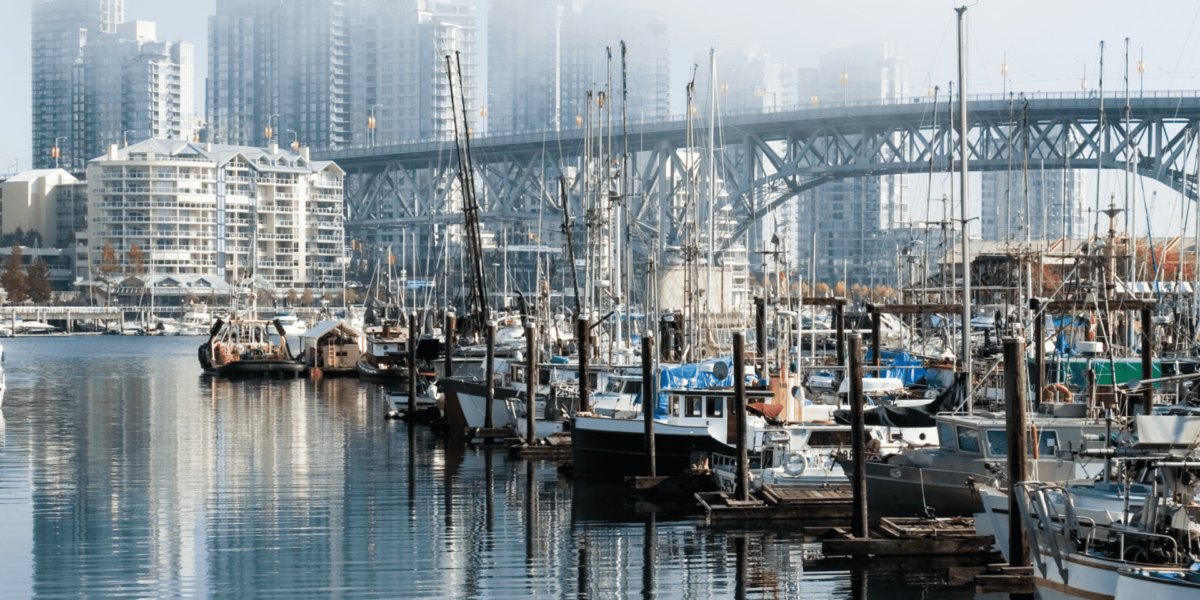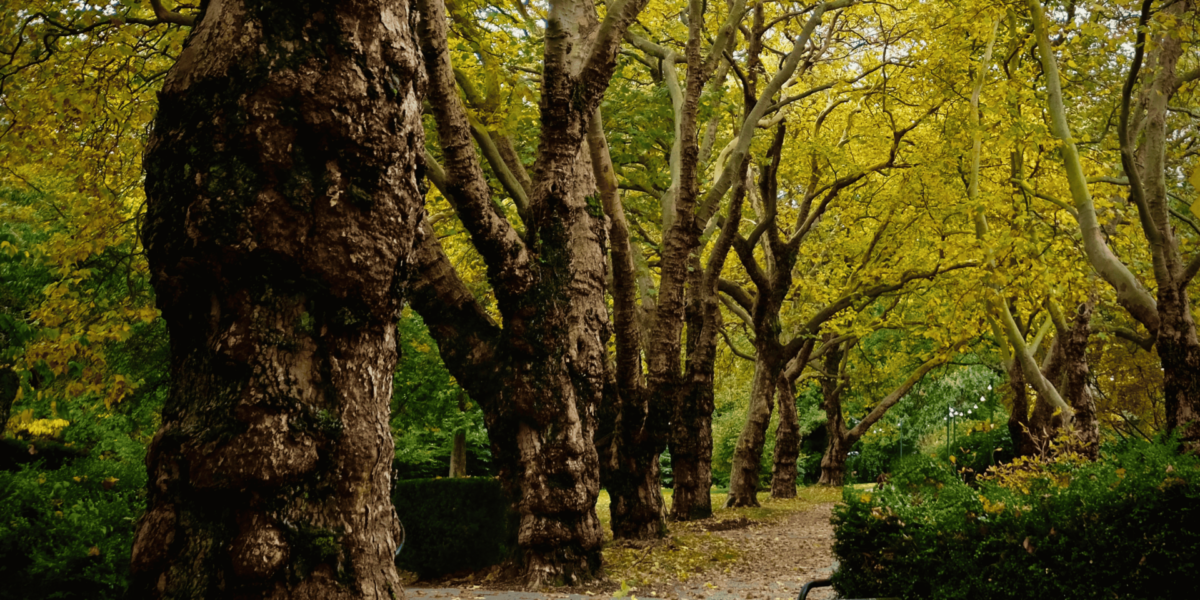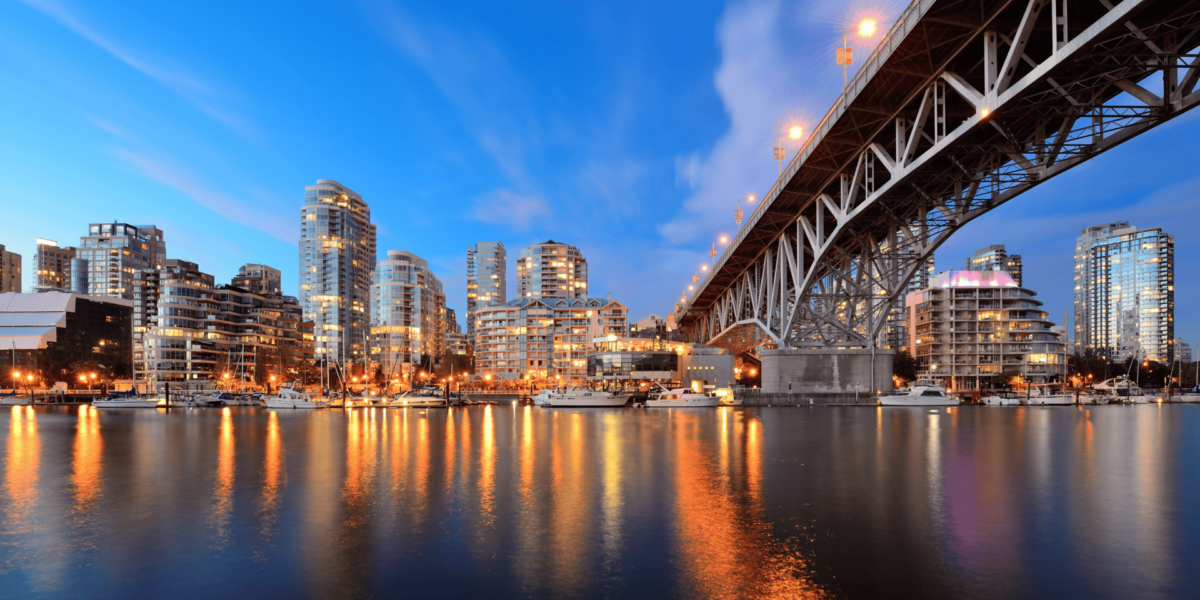Vancouver Offers a Dynamic Urban Landscape for Photographers
Vancouver’s blend of natural beauty and modern design creates a powerful visual narrative. Photographers can explore contrasts between glass towers and mountain backdrops, capturing a city that shifts with the light and weather. Each frame reflects how the city evolves day to day.
Street Photography Reveals Everyday Life in Motion
Street scenes in Vancouver offer opportunities to document daily life. Sidewalks, crosswalks, and public spaces present unscripted moments of expression. From a quiet exchange at a coffee shop window to the rhythm of traffic, street photography brings the city’s energy into focus.
Scenario: A Candid Frame Reflects a City’s Character
A photographer stands at the corner of a downtown street. A skateboarder passes, framed by street murals and morning light. The click of the camera captures not just a person, but a feeling—the freedom and rhythm of life in Vancouver at that exact moment.
Light and Weather Shape the Visual Mood
Vancouver’s weather changes frequently, creating unique conditions for light and shadow. Fog, rain, and golden hour sun each bring a different tone to the city. Photographers learn to work with these shifts, using them to set emotional tone and deepen visual storytelling.
Public Art and Architecture Frame the Story
The city’s architecture and public art installations offer structured lines and unexpected color. From glass high-rises to historic brick facades, Vancouver’s buildings frame images with purpose. Sculptures, murals, and urban design become visual anchors in the photographic composition.
Waterfront Spaces Connect Nature to the City
Vancouver’s coastal setting offers diverse backdrops for photography. The sea wall, beaches, and harbors bring water, sky, and skyline together in a single frame. These elements offer calm, motion, and reflection, allowing photographers to explore balance and contrast.
Portraiture Within the City Tells Personal Stories
Portrait photography in Vancouver captures not only the subject but also their connection to place. Parks, neighborhoods, and quiet corners of the city become meaningful settings for personal stories. Each portrait becomes part of the larger city narrative.
Scenario: A Portrait in a Rain-Soaked Alley
A local artist agrees to a portrait in an East Vancouver alley. Rain begins to fall, casting reflections on the pavement. The image that follows shows not only the artist but also the raw, creative spirit of the area. It speaks to resilience, identity, and place.
Cultural Diversity Shapes Vancouver’s Visual Identity
Vancouver’s multicultural population adds depth to its visual story. Festivals, markets, and neighborhood gatherings bring vibrant movement and color. Photographers documenting these moments help portray a city defined by its diverse voices and expressions.
Changing Seasons Offer New Photographic Perspectives
Each season transforms Vancouver’s appearance. Cherry blossoms in spring, autumn leaves, and winter snow each offer new textures and tones. These seasonal transitions allow photographers to revisit familiar locations with fresh perspective and renewed vision.
Urban Photography Builds Connection With Place
Exploring Vancouver through photography encourages a deeper connection to the city. Photographers become observers and interpreters, noticing moments others pass by. The process builds awareness and appreciation for the city’s rhythms and details.
Vancouver as a Living Storyboard
Vancouver continues to evolve, offering new stories through its skyline, streets, and people. Photography allows for a record of these changes, preserving both fleeting moments and lasting impressions. Through the lens, the city becomes more than a place—it becomes a living, breathing narrative ready to be captured and shared.




